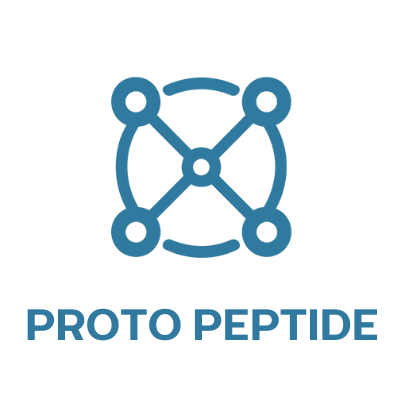Subcutaneous Injection Guide: Tips, Tricks, and Best Practices
When working with peptides and other research compounds, a subcutaneous (SubQ) injection is one of the most common administration methods. Subcutaneous injections deliver fluid into the fatty tissue just beneath the skin, allowing for slower and more consistent absorption compared to intramuscular injections.
This guide covers the essentials of SubQ injections, along with tips and best practices to make the process smoother, safer, and more accurate.
1. What Is a Subcutaneous Injection?
A subcutaneous injection places the solution into the layer of fat and connective tissue located between the skin and muscle.
- Absorption: Slow and steady, ideal for peptides.
- Sites: Common injection sites include the abdomen (around the belly but away from the navel), outer thighs, or the back of the upper arm.
- Needles: Typically short, fine needles (e.g., insulin syringes, 29–31 gauge).
2. Preparing for a Subcutaneous Injection
Follow our reconstitution guide for proper instructions on reconstituting your peptides. Proper preparation reduces risk of contamination and improves accuracy.
- Wash Your Hands: Always start with clean hands.
- Clean the Workspace: Work in a sanitized area.
-
Pop off the lid of the Vial:
-
Wipe the Vial: Use an alcohol pad to sanitize the vial top before drawing solution.
- Draw the Solution: Follow your reconstitution guide for accurate measurements.
- Check for Bubbles: Tap the syringe lightly and push out excess air before injecting.
What You’ll Need
Before starting, make sure you have:
- Lyophilized (powder) peptide vial
- Bacteriostatic water (Hospira or equivalent)
- Alcohol wipes
- Sterile syringe and needle
- Our Reconstitution Calculator (for precise measurements)

3. Injection Steps
- Choose the Site: Abdomen, thigh, or upper arm. Rotate injection sites to avoid irritation. Check out our ProtoLog Injection Tracking App for help with tracking injection sites and more.
- Clean the Skin: Wipe the area with an alcohol swab and let it dry completely.
- Pinch the Skin: Gently pinch a fold of skin between thumb and fingers to lift the fatty layer.
- Insert the Needle: Insert at a 45–90° angle, depending on needle length and skin thickness.
- Inject Slowly: Push the plunger steadily until all fluid is delivered.
- Withdraw and Dispose: Remove the needle smoothly, apply light pressure with sterile gauze, and dispose of the needle safely in a sharps container.
4. Tips and Tricks for Better Subcutaneous Injections
5. Common Mistakes to Avoid
❌ Injecting too much solution in one site (can cause lumps)
❌ Reusing needles (dulls tip, increases infection risk)
❌ Skipping skin prep with alcohol (increases contamination risk)
❌ Injecting into muscle instead of fat (alters absorption rate)
Conclusion
Mastering subcutaneous injections is essential for consistent and accurate peptide research. With the right tools, sterile technique, and proper site rotation, SubQ injections can be performed smoothly and with minimal discomfort.
For more detailed help, explore our Peptide Reconstitution Guide and Vial Pressure Balancing Guide to ensure every step of your process is reliable and research-ready.

